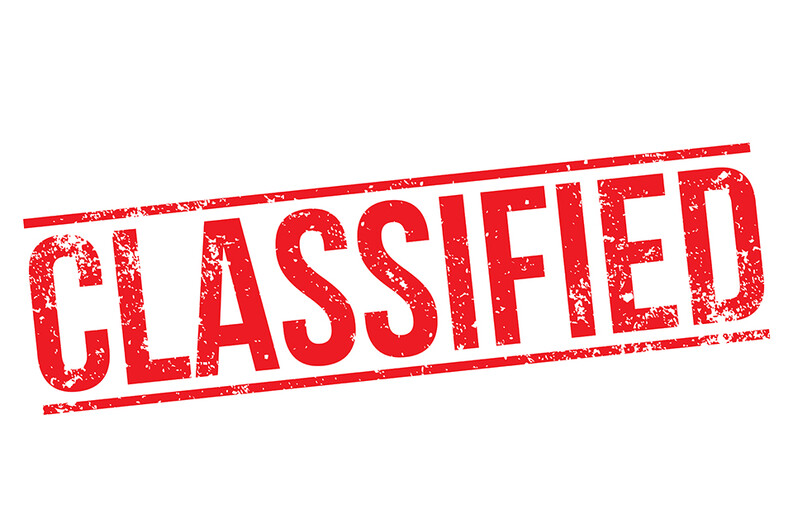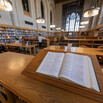Not a Secret: Professor Hathaway Explains Classified Documents

As classified documents continue to turn up in unauthorized places, Gerard C. and Bernice Latrobe Smith Professor of International Law Oona A. Hathaway ’97 has been frequently been asked by the media to explain how the federal government keeps track of its secret information.
Hathaway is a former special counsel to the Pentagon, where she had the security clearance to classify documents and view top secret information. She writes about the problem of overclassification in a forthcoming paper4, arguing that the U.S. government makes its secrets less safe by classifying too many documents.
“This overemphasis on secrecy at the expense of privacy isn’t just inefficient,” she wrote last year in Foreign Affairs5. “It undermines American democracy and, increasingly, U.S. national security, as well.”
Following are five more points to know about classified documents and national security, selected from interviews with and writing by Hathaway.
1. The government classifies some 50 million documents a year, but no one knows the real number because it’s no longer tracked.
In an overview by The New York Times, Hathaway estimates the how many of these documents warrant classification — and it’s a small percentage.
Read: “Too Many Top Secrets6”
2. There’s an incentive to overclassify documents.
In an NPR interview, Hathaway tells what can happen to government employees who fail to classify information and how the penalty for differs for officials who overclassify.
Listen: “Biden’s Mishandling of Documents Is Resurfacing the Problem of ‘Overclassification’7”
3. A patchwork of laws — most not passed by Congress — keeps information classified.
In a C-SPAN interview, Hathaway notes that most government information is classified because of executive orders issued by individual presidents, starting with Franklin Delano Roosevelt. The law criminalizing the sharing of information damaging to national security was passed by Congress in 1918 — before executive orders existed.
Watch: “Oona Hathaway on Classification of Government Documents8”
4. Classified documents can protect information that is no longer a secret.
On NPR’s On the Media, Hathaway cites the example of the CIA’s use of drone strikes. She recounts how no government officials could publicly discuss the program, even though it was widely known that the U.S. was using drones in an effort to kill terrorists overseas.
She goes on to mention that no one who has had a security clearance and might want clearance again in the future is able to look at leaked documents posted online — even though the documents are viewable by anyone with access to the internet.
Listen: “Why Are There So Many Classified Documents?9”
5. Data held by a fitness app and a big box store is potentially more damaging to regular Americans than information the government closely guards.
In her essay in Foreign Affairs, Hathaway stresses how the U.S. government’s emphasis on protecting its own secrets ignores a bigger problem: private entities collecting information about the private lives of ordinary Americans.
Read: “Keeping the Wrong Secrets: How Washington Misses the Real Security Threat5”
In addition to her work on national security issues, Oona A. Hathaway ’9710 is the Director of the annual Yale Cyber Leadership Forum and a member of the Council on Foreign Relations. Her book The Internationalists: How a Radical Plan to Outlaw War Remade the World, co-authored with Scott Shapiro examines the history and impact of the Kellogg-Briand Pact, an overlooked 1928 treaty signed to outlaw war. Hathaway is also Executive Editor of and regular author at Just Security, and she writes often for popular publications such as The Washington Post, The New York Times, The Atlantic, and Foreign Affairs.


